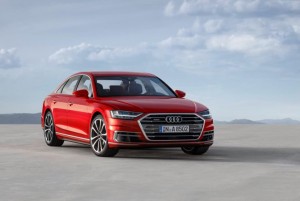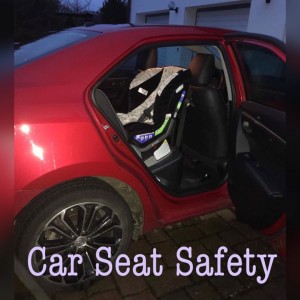*Sponsored post*
Every single life, every single child, is a reward and blessing. Given that children are blessings from God that come with great responsibility. Every parent or caregivers should really make sure to protect them in every aspect of life. It is their rights to be loved and protected. In connection with this, as a parent, your number one priority during travel is your child’s safety. Bear in mind that motor vehicle crashes are the leading cause of death and injury for all children. In order to protect your most precious cargo, you need to use the right car seat in the right way. It is the one number thing to consider for the car seat safety. When choosing a car seat, keep some important guidelines in mind. The best car seat is not always the most expensive one- it’s the one that best fits a child’s age and body weight. You can read more at cars.com.
Follow the guidelines below carefully.
• Infants should be in rear-facing car seats until they are at least 1 year of age and weigh 10 kg (22 lb).
• Once your child has outgrown her rear-facing car seat and is at least 10 kg (22 lb) and older than 12 months, you can begin to use a forward-facing car seat. Use it until your child is at least 18 kg (40 lb).
• When your child is at least 18 kg (40 lb), she may be ready to move to a belt-positioning booster seat and use the vehicle’s lap-shoulder seat belt.
• Once your child is at least 145 cm (4’ 9”) tall or 9 years of age, she can use the vehicle seat belt system. Don’t use your car’s regular seat belt until it fits your child correctly.
• All children younger than 13 years of age should ride in the back seat of the car.
• The best place for a car seat is in the middle of the back seat.
• When installed, the car seat should move no more than 2.5 cm (1 inch) side to side at the belt path.

